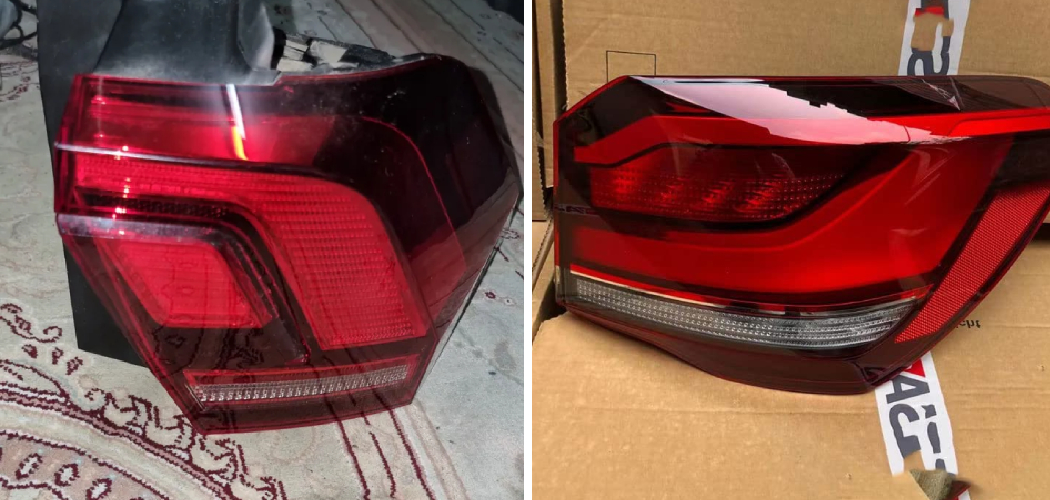Have you ever been driving down the road and suddenly noticed that your brake lights weren’t working? You take a peek in your rearview mirror and sure enough, there are no lights illuminating when you hit the brakes. Not good! A non-functioning brake light is not only illegal, but it poses a safety hazard that could potentially lead to an accident. While you may be tempted to take your car straight to a mechanic shop, did you know that brake light repairs are quite simple for most modern vehicles?
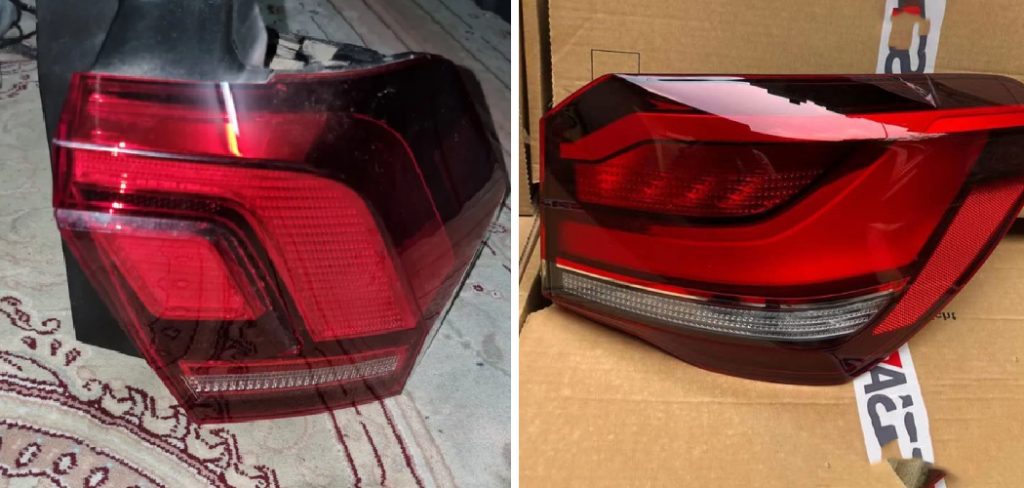
In this blog post, I’m going to walk you through how to repair brake light. By the end, you’ll be confidently getting your car back on the road safely and legally without having to pay a mechanic’s labor costs. Let’s get started with identifying the potential causes of your non-working brake lights.
Why is It Important to Repair Brake Light?
1 . To Avoid Fines and Tickets
It’s illegal to drive with non-functioning brake lights in most countries, so getting a repair done is important to avoid being pulled over by the police and getting a ticket. The last thing you want is the added expense of paying for a ticket on top of your repair costs.
2 . For Your Own Safety
Brake lights are a crucial safety feature of any vehicle. They signal to drivers behind you that your car is slowing down or stopping, giving them time to react and avoid a potential collision. Not having functioning brake lights puts both you and other drivers at risk on the road.
3 . To Prevent Accidents
Brake lights also help prevent accidents by making your intentions clear to other drivers. Without functioning brake lights, drivers behind you may not realize that you are slowing down or coming to a stop, increasing the chances of a rear-end collision. Repairing your brake lights can help prevent unnecessary accidents from happening.
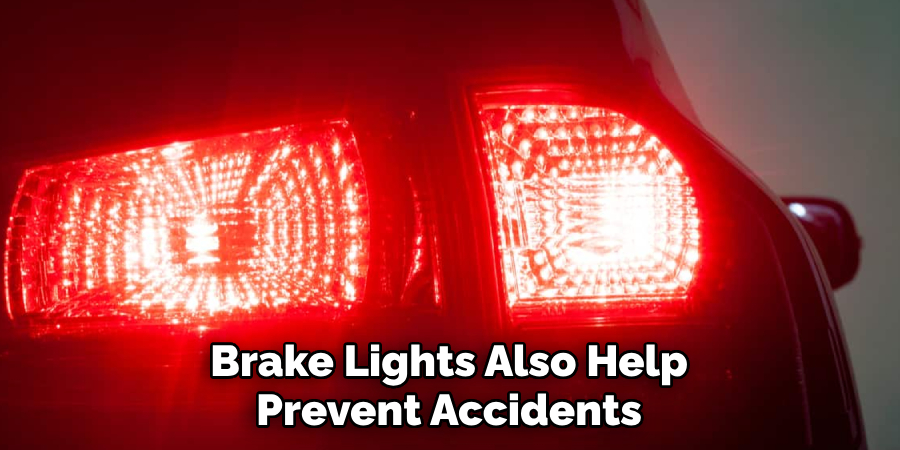
4 . To Pass Vehicle Inspections
In many countries, annual vehicle inspections are required to ensure the safety and legality of cars on the road. Non-functioning brake lights will likely result in a failed inspection, which means you won’t be able to legally drive your car until they are repaired.
5 . For Peace of Mind
Knowing that your car is in good working condition and you are following all safety regulations can provide a sense of peace of mind while driving. Repairing your brake lights will give you one less thing to worry about on the road.
How to Repair Brake Light in 6 Easy Steps
Step 1: Gather Supplies
To repair your brake lights, you’ll need a few basic supplies including:
- New bulbs (if needed)
- Screwdriver
- Wrench
- Wire brush (optional)
- Electrical contact cleaner (optional)
Step 2: Identify the Problem
The first step in repairing your brake light is to identify the source of the issue. It could be a burned-out bulb, a faulty switch, or a broken wire. Look for any visible signs of damage or corrosion.
Step 3: Replace Bulbs (if needed)
If the problem is a burned-out bulb, you’ll need to replace it with a new one. To do this, locate the brake light housing on your car and remove the lens cover. Then, carefully remove the old bulb and replace it with the new one. Make sure to handle the new bulb with clean hands or a cloth to avoid getting any oils on it that could potentially cause it to fail.
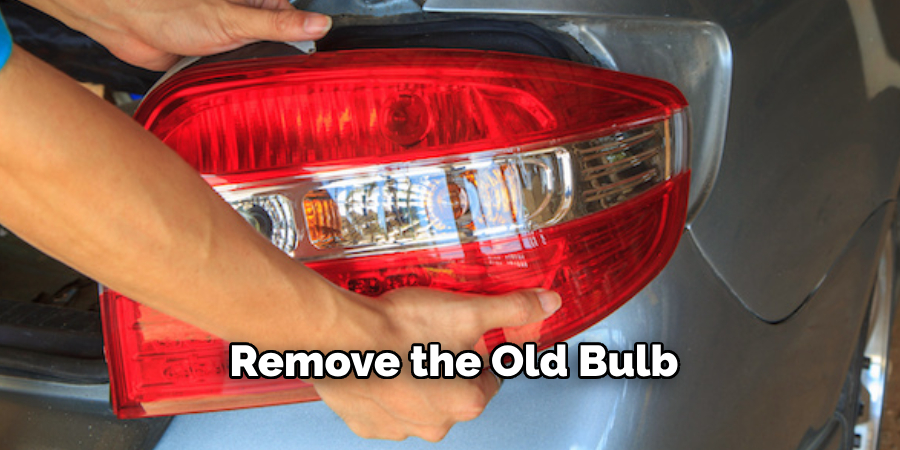
Step 4: Check Fuses
If your brake lights are still not working after replacing the bulbs, check the fuses in your car’s fuse box. A blown fuse may be the culprit, and it can easily be replaced with a new one.
Step 5: Test Brake Light Switch
If replacing the bulbs and fuses did not fix the issue, it’s possible that the brake light switch is faulty. To test this, have someone press on the brake pedal while you check to see if power is being sent to the brake lights. If there is no power, the switch will need to be replaced.
Step 6: Clean Electrical Connections (optional)
If your brake lights are still not working, you can try cleaning the electrical connections with a wire brush and contact cleaner. Sometimes dirt and corrosion can build up on these connections, causing them to malfunction. If cleaning does not work, it’s best to consult a mechanic for further troubleshooting.
Additional Tips to Repair Brake Light
1 . Do Not Touch the Bulb with Bare Hands
As mentioned earlier, it’s important to handle new bulbs with clean hands or a cloth. The oils from your skin can cause the bulb to fail prematurely. Also, be sure to wear gloves when handling bulbs that have been in use as they may be hot.
2 . Replace Bulbs in Pairs
If one brake light bulb has burned out, it’s likely that the other one is not far behind. It’s a good practice to replace both bulbs at the same time so you don’t have to go through the repair process again soon.
3 . Consider LED Bulbs
LED bulbs may be a more expensive upfront cost, but they last longer and are more energy-efficient than traditional incandescent bulbs. They also provide brighter light, which can improve safety on the road.

4 . Check for Recalls
If your car is relatively new and you’re experiencing issues with your brake lights, it’s worth checking to see if there are any recalls for your vehicle. Manufacturers may issue recalls for certain parts or components that have been found to be faulty.
5 . Consult the Owner’s Manual
If you’re unsure about how to repair your specific car model’s brake lights, always refer to the owner’s manual for guidance. It will provide step-by-step instructions and specific details for your vehicle.
6 . Don’t Ignore Warning Signs
If you notice that your brake lights are dimmer than usual or flickering, it’s important not to ignore these warning signs. It could be an indication of a bigger issue that needs to be addressed sooner rather than later.
7 . Know When to Seek Professional Help
While some brake light repairs can be done at home, if you are not confident in your abilities or the issue seems more complex, it’s best to seek professional help. A mechanic will have the necessary tools and expertise to properly diagnose and fix any issues with your brake lights. So, don’t hesitate to take your car to a trusted mechanic for assistance.
Frequently Asked Questions
What Precautions Should I Take When Repairing My Brake Lights?
It’s important to take safety precautions when repairing your brake lights. Make sure your car is parked on a flat surface and the engine is turned off. Use a gloves when handling bulbs and make sure not to touch the bulb with bare hands. Also, be cautious of any hot surfaces or wires.
How Often Should I Check My Brake Lights?
It’s a good idea to check your brake lights every time you get an oil change or have your car serviced. You can also ask a friend or family member to help you check them periodically.
Can I Drive My Car Without Brake Lights?
It is not safe to drive your car without functioning brake lights. It not only puts you at risk but also other drivers on the road. If you notice your brake lights are not working, it’s best to repair them as soon as possible.
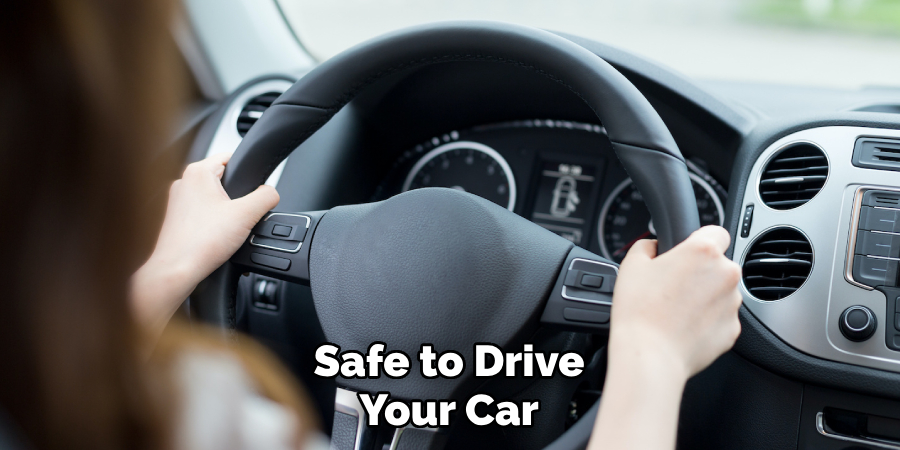
How Long Do Brake Light Bulbs Typically Last?
The lifespan of a brake light bulb can vary depending on usage and type of bulb. Traditional incandescent bulbs typically last around 2-3 years, while LED bulbs can last up to 10 years.
Is It Possible to Repair Brake Lights Without Tools?
In some cases, it may be possible to repair brake lights without tools. If the issue is a blown fuse, you may be able to replace it with a new one yourself. However, for more complex issues, it’s best to have at least basic tools on hand or seek professional help.
So, it’s always wise to have a small toolkit in your car for emergency repairs. Remember, safety first! If you are unsure of how to proceed with the repair process or don’t feel comfortable doing it yourself, seek professional assistance instead. It’s better to be safe than sorry when it comes to repairing brake lights.
Conclusion
Now you know how to repair brake lights and why it’s important to do so. With these simple steps, you can ensure that your brake lights are functioning properly, keeping you and other drivers safe on the road. Remember to always prioritize safety when driving and regularly check your car’s brake lights for any issues.
By staying on top of maintenance and repairs, you can help prevent accidents and keep your vehicle in good working condition. As always, consult a professional if you are unsure or uncomfortable with any repair tasks. Stay safe and happy driving! Hopefully, this guide has helped understand how to repair brake lights effectively.

